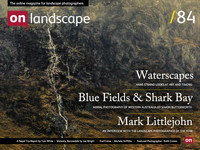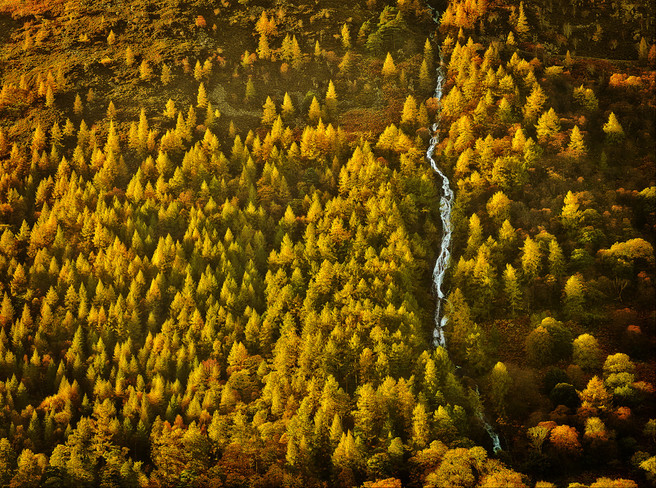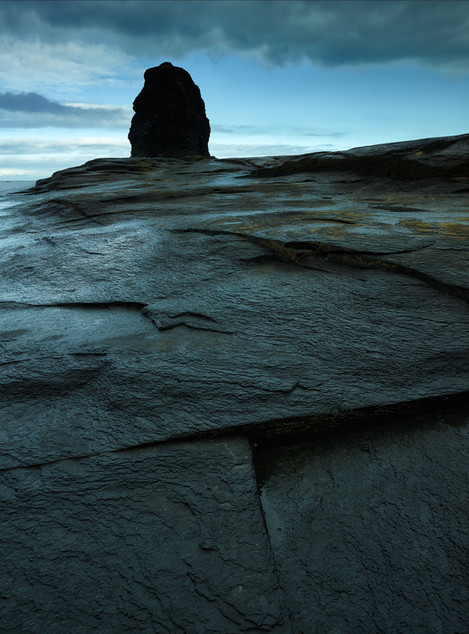Featured Photographer

Michéla Griffith
In 2012 I paused by my local river and everything changed. I’ve moved away from what many expect photographs to be: my images deconstruct the literal and reimagine the subjective, reflecting the curiosity that water has inspired in my practice. Water has been my conduit: it has sharpened my vision, given me permission to experiment and continues to introduce me to new ways of seeing.
Many of us are behind the camera through choice, but sometimes events conspire to bring us out into the light. We have one of Keith’s friends to thank for bringing his personal photography to our attention – even booking exhibition space for Keith on the basis of what he had happened to see on the kitchen table one day. This may seem a little strange for someone whose career has been built around photography and the printed image, but Keith is by his own admission a little reserved. This may explain why I couldn’t find out much about him online, so an interview for On Landscape seemed a good way of encouraging Keith to talk a little more about his passion for landscape photography.
Can you give us a little background on what your early interests were, what you studied and where this led?
First of all can I say thank you and how surprised and honoured I am that as a relative newcomer to On Landscape you would be interested in my work.
My early interests were picking out melodies on a guitar that only had one string attached, drawing, and painting. This combination of music and art lead me to study for a degree in Fine Art (and I though a certain career path to rock stardom and excess). The most significant period in all of my art training was, without a doubt, the Foundation Year, which at the time was a mandatory requirement for an art degree course.
Having left school with A levels and a naïve notion of how to draw and paint, my world was turned upside down and inside out on a course designed to question and challenge every aspect of visual perception and to encourage lateral thinking. It really was like someone had “flicked the switch” on creating an open minded approach to the next few years of artistic exploration and in point of fact, its influence still remains to this day.
What followed was a period of total immersion in the study of the history and psychology of art, which unquestionably colours the way I work and think about my photography today.
When and where did your relationship with the camera start?
It was during this time that the camera started playing a significant part in my work, not particularly to record images, but as a “mark making” tool, much in the same way as a pencil or a brush is. It was used to create streaks and indistinct blurred areas in images that sought to explore the relationships between chance and order for a series of screen prints. This also was the first foray into exploring darkroom techniques in the production of photo stencils used in the print making process.
Having finished my course, followed by a postgraduate teaching certificate, I joined the “real” world working in the north of England’s leading professional photography laboratory. Excelling in producing the highest quality in commercial photo printing, museum interpretation graphics, galleries and visitor centres, the job provided a wonderful grounding into all things photographic.
My own particular specialisation was to take all of the various printed elements CIBA Chrome, Kentint, DYEchrome and black and white photographs and fine techniques and to splice them together to make a seamless flat image to be mounted and laminated. At this end of the process there was no margin for error due to tight deadlines; attention to detail was paramount and quality control over all the various prints completed the remit. Thank heaven computer technology came along to deskill this labour intensive production method by being able to print all the elements together at the same time.



